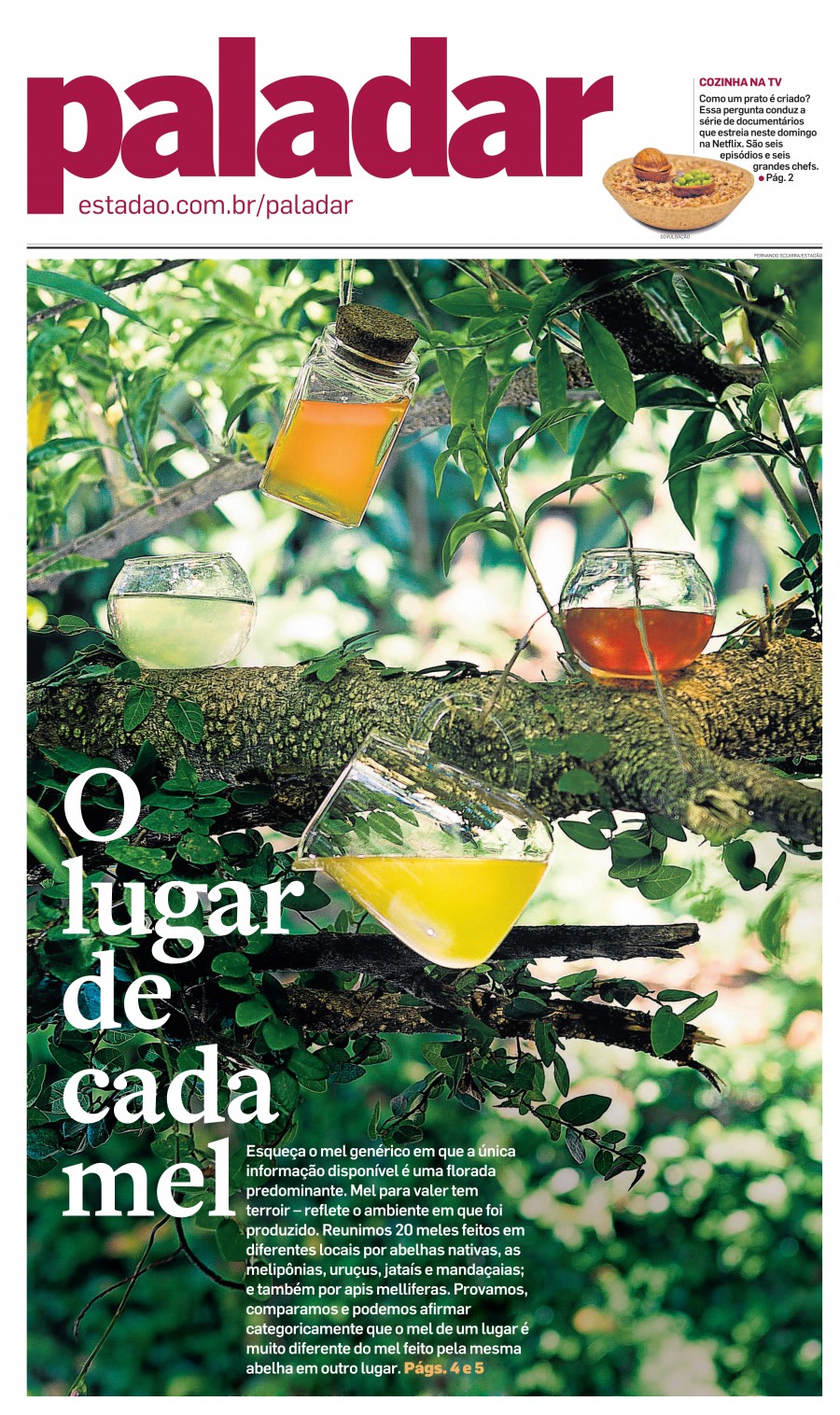
The bee makes honey to taste Place
Article Journal of Paladar Notebook O Estado de São Paulo, from 23 April 2015.
By Miriam Castro
Daniel Melles Tarques / TEXT ; Fernando Sciarra / PHOTOS
Source: http://blogs.estadao.com.br/paladar/a-abelha-faz-o-mel-com-o-gosto-do-lugar/
Not every bee is buzzing, but all make honey. Or better, do meles - the same bee is different meles, in different places. So as the wine and cheese, honey has terroir, that unique expression of the region where it was produced.
It may seem obvious to a product that does not suffer human intervention: it is harvested, produced and stored by bees. But today what prevails in stores and pantries is the generic honey, defined only by the bloom, generally purchased from various producers, several regions, and blended before bottling. The origin of honey notion is just beginning to be explored.
And origin of honey is another story. It has signature bee and expressed peculiarities of the region where it was produced. Varia only just, weather climate, of course, Flower to Flower. Reflects the terroir.
The good news is that these honeys, that were previously restricted to their production sites, They begin to appear on the market.
Domestic production is still dominated by Apis mellifera - that yellow and black, which you have stinger -, brought to the country by the Jesuits at the end of the century. 19. With production capacity of nearly one hundred times that of native bees, Apis stole the show of Brazilian. but jataís, tiúbas, mandaçaias, uruçus and jandaíras, genuinely Brazilian and the genus Melipona - stingless - are gaining space.
It is the recognition of an asset that few countries can boast. The 350 existing varieties of bees in the world, Brazil has 300. And jataí here is a different honey jataí there.
"It all depends on the ground", explains Rogério Marcos Alves, researcher at the Federal Institute Baiano / UFRB, Bahia, specializing in native bees. "The nectar is composed of sugars and 1% minerals - and are minerals that influence the chemical composition, changing tastes and aromas of honey ".
And to verify whether such a variety is proved in mouth, we gather 20 different meles - coming from different regions of the country - and put the test. We wanted to compare the characteristics of honey uruçu Piauí and Bahia hinterland; jataí of Bahia and São Paulo; mandaçaias of the hinterland and western Bahia. Of Apis created in Espirito Santo and Minas Gerais. The plurality is evident, as you can see in the reviews on this page - on top, They are the honey pots uruçu; below, the honeys of mandaçaia, jataí and Apis.
To be fair. This complexity of flavors is not exclusive of the Brazilian native bees. Honey Apis mellifera was stigmatized as a common product. It is true that it is sweeter and denser than those of native bees. But if treated well, may reflect the differences of place with the same delicacy that meles of jataís and uruçus.
A species, 400 km, two distinct meles
Eugene and Marcia Basile, da Mbee, are examples of how the care extends Honey uniqueness. Less than one year, the couple produces Apis honey and jataí at a site in Atibaia (SP) – e, Furthermore, Search producers in other regions, whose honeys are sold by Mbee. They treat each one as honey.
The hives of Atibaia are captured in termite mounds and accommodated in stones on boxes - some overlooking the hills, other nailed in the woods. "Everything for bees get happy", Marcia says. It was from their collection that took the Apis mellifera honey samples for this test.
almost neighbors. An emblematic case of the influence of the region on the honey is the producers Delissandro Carneiro and Thiego Alves. Delissandro has a meliponary New Tank (BA). Thiego have one in Canarana (BA). They are less than 400 km away, both in the bush. New Tank, They deviate from bees's claw cat thorns.
in Canarana, wandering through mauves, calumbis and quince. The mandaçaia Honey New Tank has notes of fresh olive and gives sensation of spiciness. The timber refers Canarana, with mild smoky flavor.
A hard life in hivesWork is sweet, but hard. Wander from flower to flower in search of nectar takes time, assemble the hives, larvae still feed and store honey ("The busy bee have no time for sorrow" - busy bees have no time for regrets, in free translation, He wrote the English poet William Blake).
The genus Apis mellifera is the kill to protect the hive; as jataís, wee, They make their communities on tree trunks or any cylindrical hole (They occupied until a fire extinguisher on the farm Itaicá, Atibaia, da Mbee).Bees saunter by all the flowers that are on the way, but they have there own preferences. Uruçus and mandaçaias like shrubs and trees. Jataís go in undergrowth and small flowers. Apis are more comfortable in large flowers.
Gather nectar hidden in the flowers, sugars transformed with their enzymes and store the result in hives: meles blends of local and seasonal flowers. "Our honeys are wild, so, made from a mixture of flowers. This story is to say that honey or honey what can only be proven with laboratory analysis ", Alves says researcher.
Honey is a product safrado, after all, It depends on the flowering. And there will never be two equal meles, the taste can vary even within the same hive. In a case of bees, Apis, Gil and Caio, responsible for the bees Mbee, They took two different honeycombs. A dark and other translucent. The darker, longer has the honeycomb and denser honey. It is as if the hives were barrels. In lighter honeycomb, sugar was alive and acidity stung tongue. In the dark, the sweetness was rounded and softened.
The native bee hives interfere greatly in honey taste - wrappers wax and propolis lend flavor. Not so with the hives of Apis HONEY, which has basically the honeycomb made of vegetable fiber and wax.
What are these bees
Apis melliferaYou already know this bee. It's the one with yellow and black stripes, that stings who comes close to the hive. It is more productive than stingless bees, as meliponas, and so it turned absolute reference when it comes to honey. With hives scattered throughout Brazil, It plays an important role in the pollination of plant species. Also known as Africanized bee, It is the crossroads of European bees (who arrived in Brazil there for 1800) and African (who landed here in the late 1950). are generalists: visit various types of flower - quite different from stingless, that roam specific flowers.
test checks: Honey has terroir
The work is of bees, but producers are proud of meles selling. "This one is the same wine for me", says Eugenio Basile on uruçu honey mouth of income that comes from Mocambinho, in Minas Gerais. To find the particularities of 20 meles samples from five Brazilian states took two tasting sessions. in the first, of native bee honeys, participated Bruno Cabral, Master Cheesemaker, and Ana Candida, partner of Vito. Na de Apis Mellifera, Ana and the reporter's Palate, Daniel Telles.
uruçu scutelaris New tank (BA)
Harvested in February, time of monkfish flowers, It is a very smooth honey with floral striking and balanced sweet taste. On sale at Meliponary Delissandro
uruçu scutelaris New tank (BA)
Harvested after flowering of scrub bushes, Honey is a sweetly reminiscent of caramel. Light and pleasant aroma of vinegar. On sale at Meliponary Delissandro
uruçu gray New tank (BA)
This bee is typical of the North, but it has adapted well in Bahia, producing a soft honey, herbaceous, with floral and fairly sweet aroma. On sale at Meliponary Delissandro
yellow uruçu President Tancredo Neves (BA)
Produced in Atlantic Forest area, tastes and pineapple aroma. It is enough acid, but well balanced. Produced in Meliponary Mark Bee
yellow uruçu President Tancredo Neves (BA)
Taken in January, in flowering of a candle big shots, it is sweet, It refers to the taste pineapple and passion fruit aromas wins. On sale at Meliponary Mark Bee
yellow uruçu Mocambinho (MG)
Faint taste of propolis and wax. It is a rustic native honey, with high acidity, light and striking body. wood tones and complexity instigating. Sold by Mbee
Uruçu mouth Income Mocambinho (MG)
Bees live on the banks of the Rio San Francisco. Honey is corpulent, with licorice taste and high levels of acidity and sweetness. Sold by Mbee
yellow uruçu Alvorada do Gurgeia (PI)
Liquid honey acid and. Has smoked and lemon flavors. Complex, reminds mint and is refreshing. Ideal for mead in summer. collection Mbee, it is not for sale
Apis mellifera Atibaia (SP)
Elegantly balances the sweetness of the honey bee with this kind of an interesting acidity. It has a strong floral taste, balanced with citrus notes. Sold by Mbee
Apis mellifera Viana (IS)
Less dense than traditional honeys, the predominant flowering canopy is in the north of Minas Gerais. Floral, gives an itchy throat. collection Mbee
Apis mellifera São Simão (SP)
Flavored honey as we are accustomed: High sweetness, viscous texture and traditional aroma. Sweetness tall, like licorice and burnt sugar. collection Mbee
Jataí Atibaia (SP)
It has low acidity and body untuososo. light bitterness, alcohol and propolis taste. herbal flavors and something that refers to dust and dirt. For Sale in Mbee
Jataí New tank (BA)
Sweeter than other melons melipônias, but less sweet than honey apis, It is creamy and reminiscent of pineapple in syrup. On sale at Meliponary of Delissandro
Mandaçaia New tank (BA)
Sweeter than the other varieties of melons mandaçaia, but with the same complexity. ferrous taste persists. Sold by Meliponary of Delissandro
Mandaçaia Alvorada do Gurgeia (PI)
Spicy and creamy. reminds licorice, fresh grass and caramel. It has low acidity and freshness of taste. Sweeter than the Bahia. collection Mbee
Mandaçaia New tank (BA)
Acidity and light sweetness discreet. Like complex spiciness that balances, greasiness and sweetness with something reminiscent of fresh olives. On sale at Meliponary of Delissandro
Mandaçaia Canarana (BA)
It has a children's sweetness married curious like ham and light wood notes and smoked. Low acidity and salivating. Sold by West Meliponary
See full story: http://blogs.estadao.com.br/paladar/a-abelha-faz-o-mel-com-o-gosto-do-lugar/

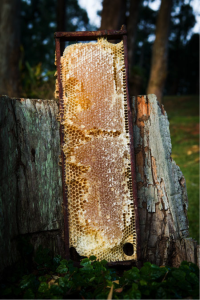
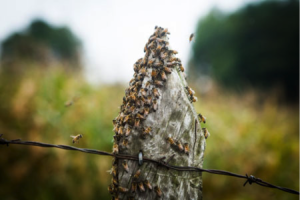
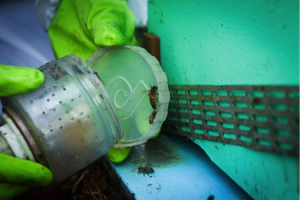
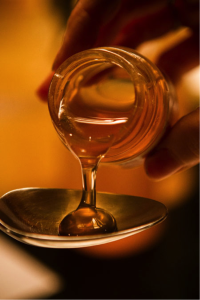
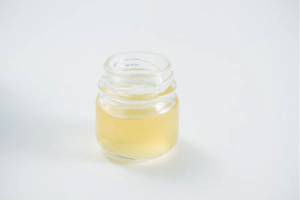
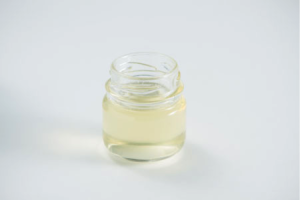
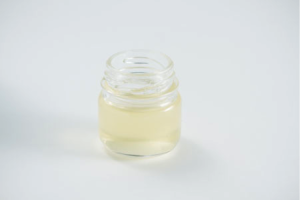
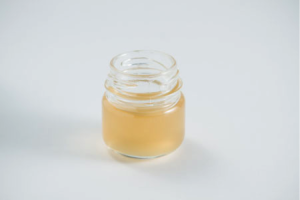
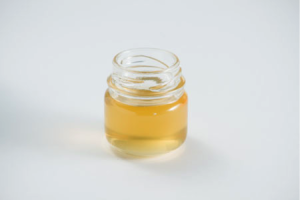
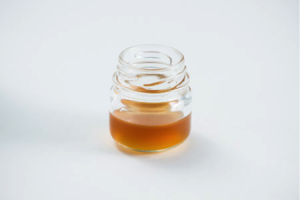
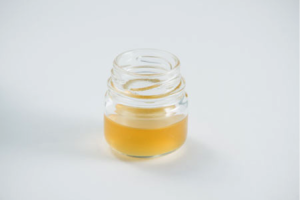
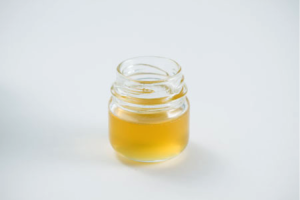
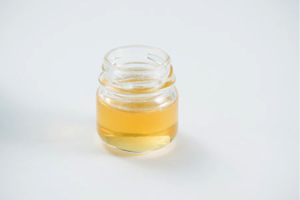
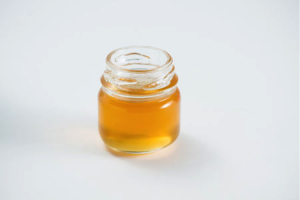
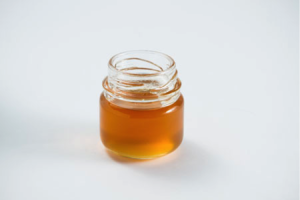
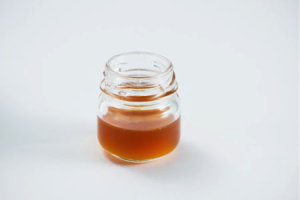
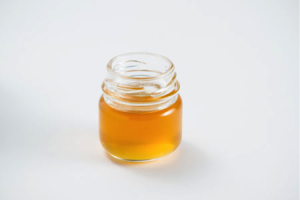
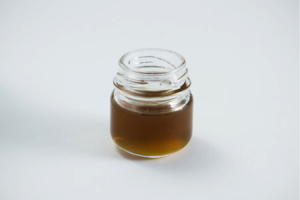
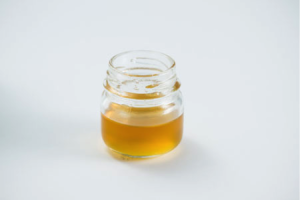
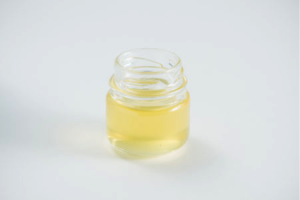
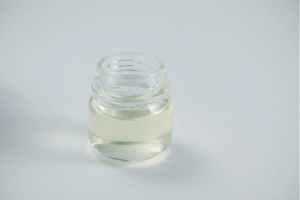
Sorry, the comment form is closed at this time.